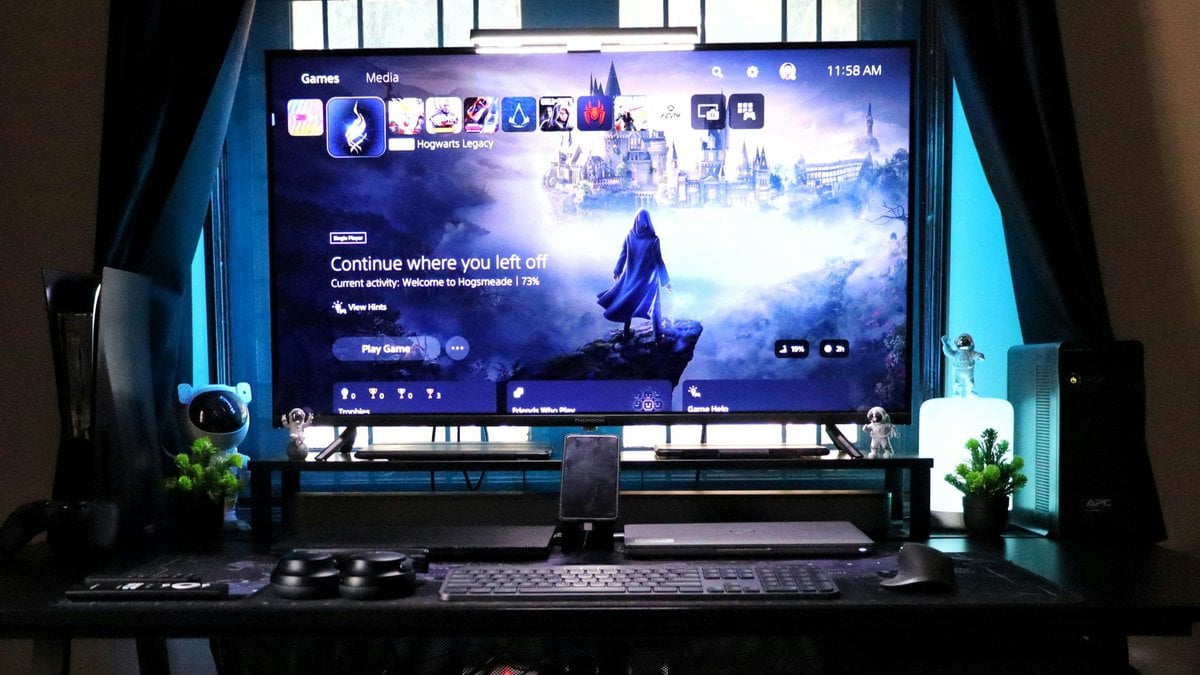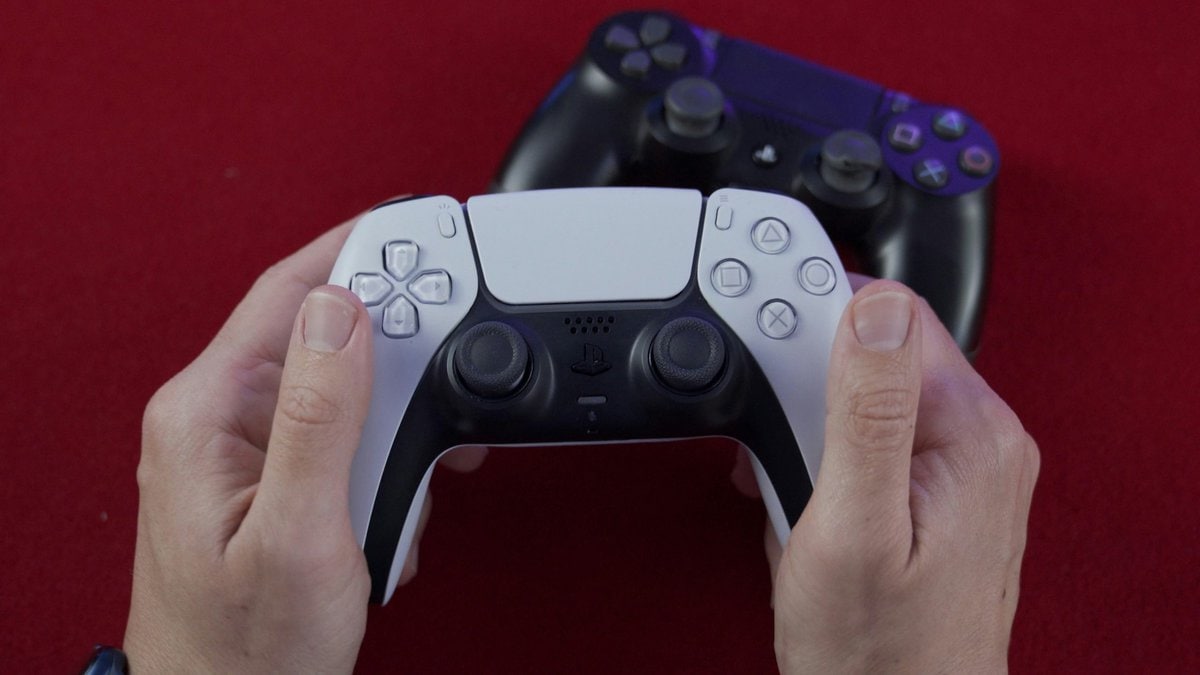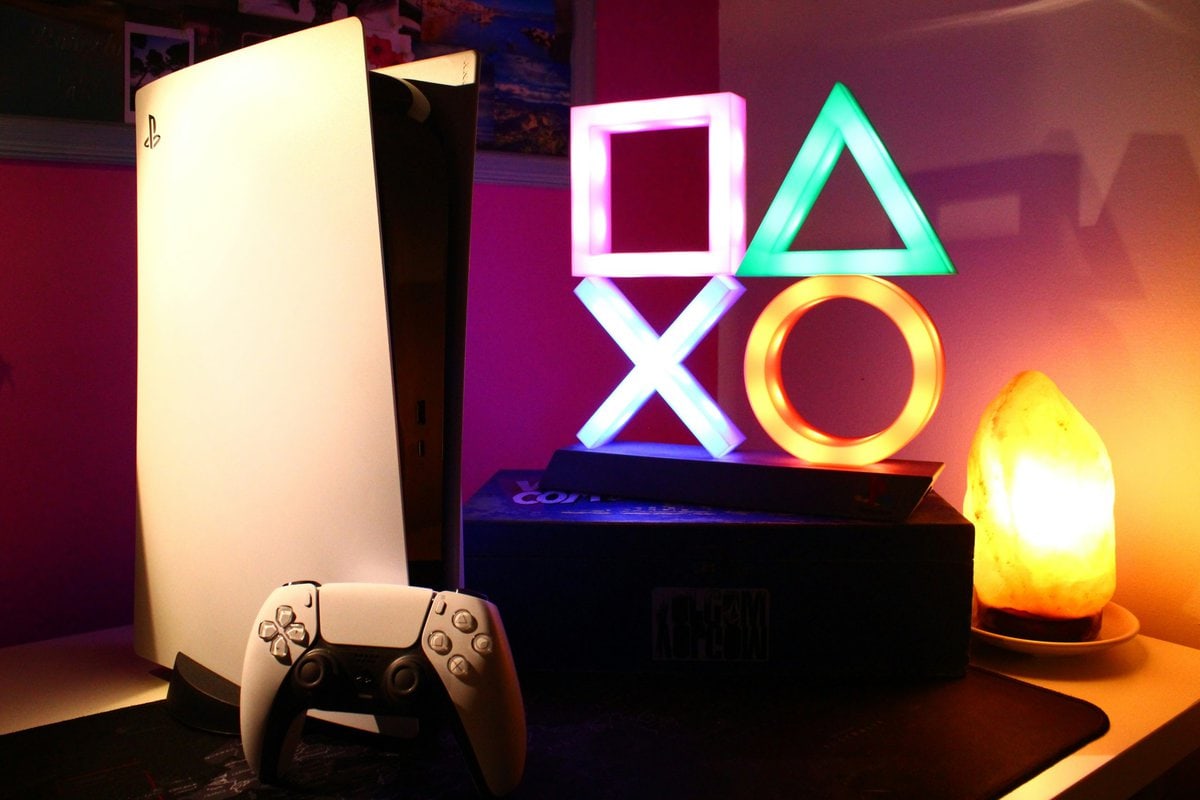Picture this: you’re in the middle of an adrenaline-fueled gaming session on your PS5, fingers flying over the controller as you make a daring escape from enemy fire. Suddenly, your character stutters and lags, leaving you vulnerable at the worst moment possible. Frustration boils over—how can a high-performance console like the PlayStation 5 struggle with lag when you’re connected to a robust internet network? You’re not alone in experiencing this baffling phenomenon; countless gamers are facing similar issues, raising questions about what could be going wrong behind the scenes.
In this article, we’ll dive deep into the puzzling world of gaming lag that seems to defy logic, even in ideal connectivity conditions. Whether you’re streaming games or engaging in intense multiplayer battles, understanding the reasons for unexpected disruptions can be crucial for an uninterrupted experience. From software glitches to network configurations and everything in between, we’ll explore not only why your PS5 might be lagging but also provide actionable solutions to elevate your gaming experience back to its seamless glory. Buckle up—your journey toward smooth gameplay starts now!
Common Reasons for PS5 Lagging
One of the most frustrating experiences for gamers is dealing with lag on their PS5, particularly when they have a solid internet connection. Beyond mere network issues, hardware limitations can play a significant role in performance hiccups. For instance, overheating can cause the console to throttle its processing power to maintain safe temperatures, leading to stutters and slowdowns during intense gaming sessions. Keeping your PS5 well-ventilated and free from dust build-up is essential to ensure it performs at its best.
Additionally, software glitches or bugs can impact gameplay without obvious signs of trouble. Outdated firmware or game versions may not only miss out on crucial patches that enhance performance but can also introduce compatibility issues within games themselves. Regularly checking for system updates and installing them promptly can help mitigate these risks. Finally, consider background applications; running multiple applications simultaneously—like streaming services—can drain resources and result in lag, even if you have a good connection. Being mindful of how you use your PS5 can create a much smoother gaming experience overall.

Network Configuration and Settings
When grappling with PS5 lag issues despite a strong internet connection, one often overlooked aspect is the console’s network configuration and settings. Ensuring that your PS5 is optimized for online gaming can make a substantial difference in performance. Begin by navigating to your console’s networking settings and checking for any misconfigurations such as incorrect DNS settings or MTU values. Adopting Google’s Public DNS (8.8.8.8 and 8.8.4.4) can enhance resolution times during gaming sessions, leading to smoother gameplay.
Furthermore, consider enabling features like Quality of Service (QoS) on your router, if available, which allows you to prioritize bandwidth allocation for your PS5 over other devices in your home network. This adjustment reduces latency during peak usage times when multiple users might be streaming or downloading large files simultaneously. Additionally, disconnecting unused devices from your network can further reduce congestion and improve overall speed, creating an environment where every frame counts in competitive scenarios—especially crucial when engaging in multiplayer battles where milliseconds make all the difference!
Background Applications Impacting Performance
While you may have a robust internet connection, the performance of your PS5 could still suffer due to background applications vying for bandwidth. These applications can be sneaky, springing up unnoticed as they update or sync data, actively draining resources that your gaming console requires for smooth gameplay. Even platforms like Netflix or Spotify, running on connected devices within the same network, can introduce lag by consuming precious bandwidth during peak usage times.
To tackle this issue effectively, start by assessing which devices are linked to your Wi-Fi and whether they’re engaged in high-bandwidth activities while you game. Implementing Quality of Service (QoS) settings on your router can prioritize game traffic over other device needs, helping to ensure that your PS5 operates without interference. Moreover, regularly checking for apps running unnecessary updates while you’re trying to enjoy a multiplayer match will help maximize both speed and responsiveness—leading to an overall enhanced gaming experience. Remember, sometimes it’s not just about having good internet but managing how it’s used across all devices in your home!

Hardware Limitations of the PS5
While the PlayStation 5 is a powerhouse, pushing graphics and performance boundaries in gaming, it is not immune to inherent hardware limitations. One notable consideration is the PS5’s cooling system. Although innovatively designed to manage heat during intense gameplay sessions, prolonged exposure to demanding titles can lead to thermal throttling. This phenomenon slows down performance as the console struggles to maintain optimal temperatures, resulting in frustrating lag—even with a stable internet connection.
Moreover, the PS5’s storage constraints can also be a hidden culprit behind laggy experiences. Games are becoming increasingly large, often exceeding 100GB each; however, despite its state-of-the-art SSD offering lightning-fast load times, players must carefully manage stored content. Without proper management—whether through deleting less-played games or expanding storage—a full drive may hinder performance and accessibility of new title updates required for smooth online play. Ultimately, understanding these subtle yet impactful hardware constraints can empower gamers to enhance their overall experience while minimizing unexpected lags during crucial moments of gameplay.
Software Updates and Bug Fixes
One often overlooked aspect of maintaining optimal PS5 performance is the importance of software updates and bug fixes. Just like any sophisticated system, the PlayStation 5 relies on periodic updates to enhance its functionality and address underlying issues. These updates can significantly improve not only the gaming experience but also connectivity stability. Failing to keep your console up-to-date could mean missing out on critical patches that fix lag-inducing bugs or improve online gameplay smoothness.
Moreover, while it might seem tedious to check for updates regularly, this process can be a game changer. Some players shy away from updates due to concerns about potential new bugs; however, developers prioritize stabilizing performance with every patch release. By enabling automatic updates in your settings, you can ensure that your PS5 is always equipped with the latest enhancements without interrupting your gaming sessions. Keeping an eye on community forums also helps; sometimes users share firsthand experiences about specific updates and how they impact lag issues. Embracing these small yet vital practices will help transform your PS5 into a reliable portal for immersive gaming adventures!

Testing Your Internet Connection Speed
One of the most essential steps in troubleshooting PS5 lag is testing your internet connection speed. A robust connection doesn’t guarantee great performance if there are fluctuations or inconsistencies that can affect gaming experiences. Fortunately, you can easily diagnose this with a few clicks; online tools like Ookla’s Speedtest or Fast.com provide an immediate glimpse into your download and upload speeds, as well as latency rates. Look for balanced numbers—high speeds paired with low ping times are ideal for smooth online gameplay.
It’s important to take note that even during peak usage hours, your internet provider’s performance may wane due to network congestion. If you notice significant drops or variations compared to your subscribed plan, it might be time to reach out for support or explore upgrades. Remember also that while a strong Wi-Fi connection is convenient, using an Ethernet cable often results in lower latency and a more stable experience—providing the edge you need during those critical moments in an intense online match. Ultimately, understanding your internet capabilities empowers you to make informed decisions on both equipment and plans tailored to optimize your gaming journey on the PS5.
Conclusion: Troubleshooting Your PS5 Lagging Issues
In conclusion, effectively troubleshooting your PS5 lagging issues requires a layered approach that addresses both hardware and software components. First, consider routine maintenance; clearing the cache and uninstalling unused games can provide your system with more resources to operate smoothly. Regularly checking for system updates ensures you benefit from performance enhancements released by Sony, optimizing gameplay experience.
Moreover, don’t overlook the impact of network settings. While a good connection may seem sufficient, tweaking DNS configurations or utilizing an Ethernet connection can significantly improve stability and reduce latency during intense gaming sessions. Additionally, exploring third-party applications that monitor network conditions might uncover hidden bottlenecks affecting your performance. Ultimately, patience is key—by systematically evaluating these factors, you’ll cultivate not just a better gaming environment but also a deeper understanding of your console’s dynamics.

